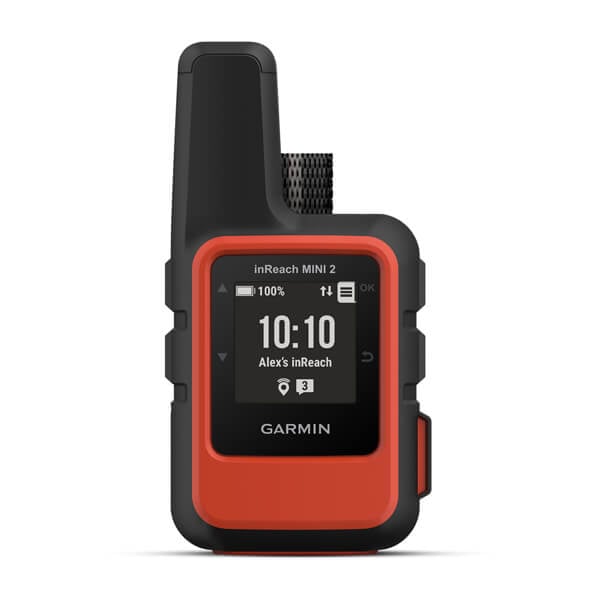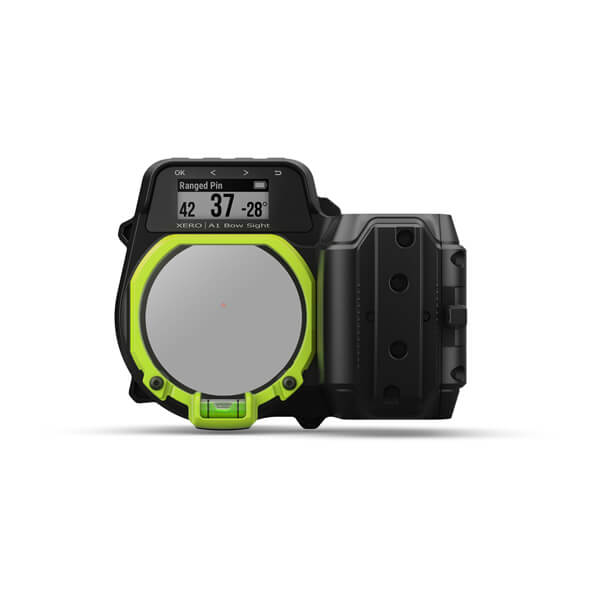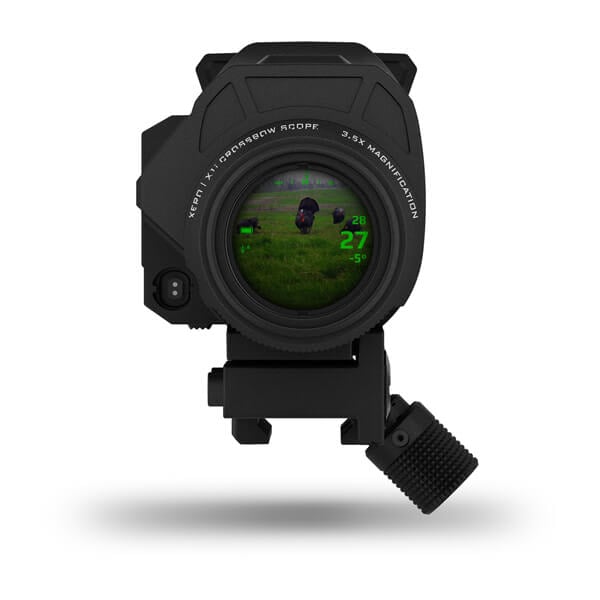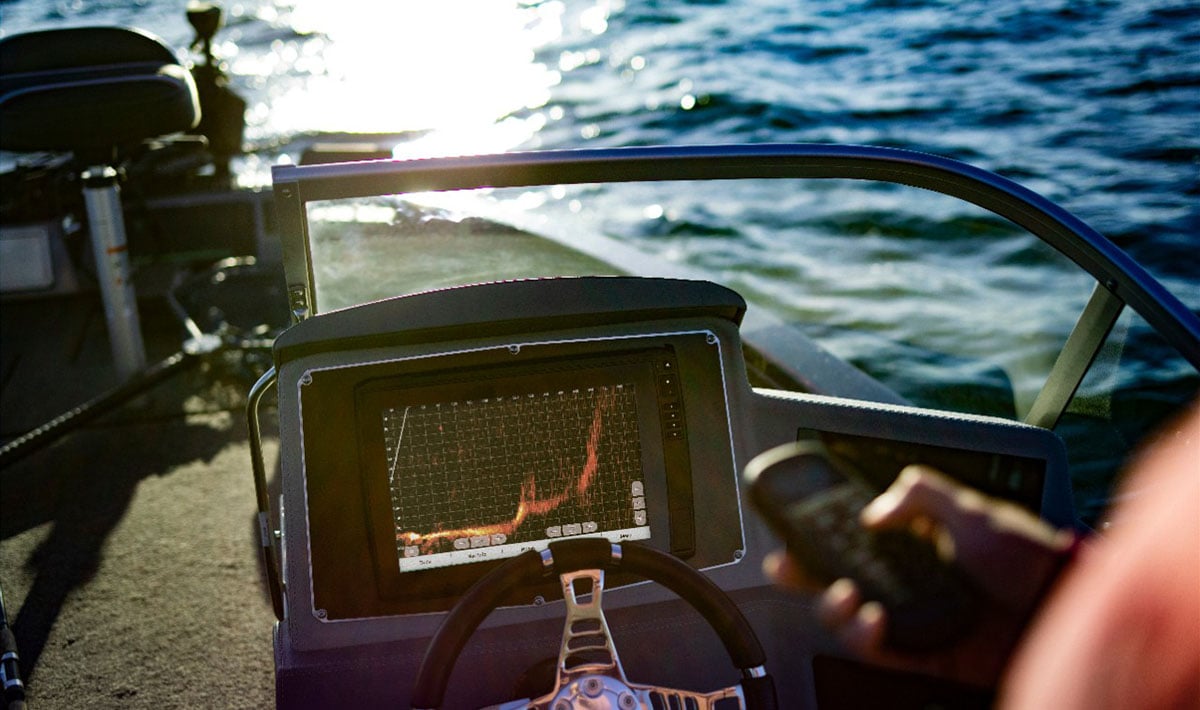
Turkey Tips with Keith Ott
Keith Ott of Chasing 49 has hunted turkey in 49 states and 2 countries and earned his US Super Slam in 2020 and Royal Slam in 2021. Suffice it to say that he’s got one of the best takes possible on what to do and what not to do during turkey season. Prior to setting our own out-of-office messages, we caught up with Keith to get a few tips and tricks for those of you thinking of trying your hand in a new location this season. Let’s talk turkey.
What do you enjoy the most about turkey hunting?
The strongest appeal of turkeys, unlike any other form of hunting that I pursue, is being able to understand shared behavior and social interactions among the birds so that I can successfully interact and manipulate their behavior in any region, during any stage of the breeding cycle, in any state/country that they reside in.
You accomplished your 49-state US Slam in 2020, which is something most hunters will only dream of. Two questions I’m curious about.
First, what, in your opinion, is the most difficult species to hunt and why?
High-elevation mountain Merriams. When you engage with a turkey that lives above ~9,500’, you’re dealing with a turkey that has very limited social/flock exposure and even fewer nutritional resources. Due to these factors, the turkeys are extremely sensitive to foreign (hunter) call engagement and frequently respond in a very unpredictable, or for me, undesirable way. While this adds to the feeling of accomplishment at the end of a successful hunt, it’s not without significant struggles and real-time adaptation throughout a multiday period that ultimately led me to categorize these turkeys as one of the most, if not the most, difficult.
Second, what was the most unexpected thing you learned about turkey during that pursuit?
I don’t know that it was unexpected, but until setting foot in every state that has a huntable turkey population, I don’t think I truly understood just how remarkably adaptable a turkey is and the variations of terrain and habitat that they call home. There were times I would have sworn that while entering a new state, there was no way a turkey would have called the piece of property that I was hunting “home.” From swamps to deserts to lava slides, it’s amazing how diverse turkeys are and how resilient they are to live in the diversity of regions they occupy.
Is it important for a turkey hunter to hunt new properties and constantly be scouting?
It’s not at all important for a turkey hunter to scout new properties. Is it helpful? Absolutely. However, turkeys are not grouse, and they most certainly aren’t whitetail deer. I believe that woodsmanship and the real-time processing of visual and auditory information will allow a turkey hunter to be successful — understanding and processing this information on the fly is one of the most fulfilling aspects of becoming a traveling turkey hunter.
Do you think you become a better turkey hunter by mastering one property or constantly hunting different properties?
I have a tremendous amount of respect for the hunter who has deeply invested in his hunting land and has exerted significant time and effort to understand and predict wildlife behavior through in-field analysis. With that said, my opinion is that hunting different properties will take the same skills and understanding that a hunter develops on one property and applies it to many. This application won’t be the same across all of the different hunting areas, but an astute hunter who spends his time on various farms/locations/states will undeniably learn to identify patterns and consistencies to be successful. Forcing yourself to embrace the challenge of finding success on new properties will make you a more dynamic hunter and apex predator.
When hunting an unfamiliar property for the first time, what are the three most common mistakes people make?
- Assuming that because turkeys are not gobbling or vocal, the property does not have turkeys.
- Overcalling/desperation calling.
- Hunting through the property in high-exposure areas that allow the turkeys to see you from farther distances.
When hunting an unfamiliar property for the first time, what are the top three recommendations you have in order to be successful?
- You need to be willing to move heaven and earth to make sure you’re at a good listening spot before the sun comes up.
- Find the regional terrain/habitat features that turkeys need to survive and look for fresh sign.
- Do not power hunt a piece of foreign dirt during the periods where turkeys are simply not being vocal.
If you’re hunting an area blind, what is your preferred decoy set up?
If you decide to use decoys, they are highly situational based on the time of year and the social flock dynamics of the turkeys. Instead of sitting down and “blind calling” over decoys for an extended period, I prefer to scout-hunt new areas that I’ve looked at on maps until I locate sign that tells me it’s time to slow down. Fresh sign is undeniable; it tells you that there are turkeys in the area. Once you have that information, the next most important thing is to not bump them with aggressive calling or scouting. Use that real-time information in a sensitive manner to help locate roost locations and ridges/fields where turkeys are spending their time after fly down. This information is highly valuable when hunting a blind area and is often the difference between going home successful or not.
How do you use technology/Garmin products prior to the actual hunt? For example, do you use maps to scout, drop waypoints, etc.?
I take full advantage of all the mapping capabilities and technology that Garmin provides me — months in advance of the actual hunt. Every hunt begins using Garmin BaseCamp™ and HuntView™ Plus Maps. With these maps, I’m able to locate an area that I’ve researched in any given state, identify the property types and boundaries and then use both the topographical and satellite imaging to identify edges in habitat, water and terrain features that I think turkeys may be using. Once I locate those areas, every spot is marked with a waypoint and labeled specifically. Even the simple things, such as adding a waypoint on the parking area, are helpful when conducting e-scouting months in advance. When it’s time to hunt, you don’t have time to refine your research and e-scouting, so these products and capabilities make it easy to execute a preformulated plan in real time, as well as access all of the information you’ve saved on multiple devices (mobile, handheld, wrist).
How do you use technology/Garmin products during a hunt?
When you travel and turkey hunt, the majority of the time you’re hunting you’re going to find yourself without signal, and you’re going to need an inReach® device1. Whether you find yourself in a tough spot, need to check in with family, or you’re in a new country and need to provide notification, inReach gives me the ability to perform all of the aforementioned when traveling and turkey hunting. Being alone in remote, foreign areas isn’t only about you feeling comfortable, it’s about your family and loved ones also knowing your location and having confidence that everything is OK. There were times where I would go multiple days without a signal, providing no communication to the outside world on the status of my health or location. While that seemed OK in my 20s, in my 30s now, I realize that’s a huge risk and not a safe, intelligent operating model. inReach is my sole way of communicating when cell signal is not available on my turkey hunting trips, and I feel more willing to go places I previously may not have attempted, because I can stay in contact if something were to go poorly.
Do you use Garmin products post-hunt?
A very important aspect to how I conclude my departure from each state is post-hunt refinement. While e-scouting is a hugely beneficial to get familiar with an area in advance of the hunt, there’s simply nothing that can compare to the knowledge you’ll get when you have boots on the ground. When you’re hunting, you’re able to locate old road beds, parking areas and habitat changes that you simply couldn’t identify on a computer screen. I make sure that prior to leaving each state, I’ve added waypoints that accurately capture the real-time information that could help me if I decide to return to the area. I do often map my tracks, and sometimes I’m lucky enough to choose a track that is one that I want to repeat. In this case, I’ll save that information should I ever return. Efficiency is key when you’re on the road hunting, and I’ve learned taking a few moments prior to departing from a state to document the information is an important part of my hunting.
What is the single most important piece of advice you’d give someone thinking about traveling out of state to hunt this year?
Just go. It’s not just the hunt, it’s the entire experience that will fulfill you. Embrace the new states you’ve entered and, as much as possible, try to share in the local culture. Whether that’s the food or a monument that you’re passing by, each state is unique and will leave you with its own flavor if you take the time to recognize it. It will set your soul on fire.
1Active satellite subscription required. Some jurisdictions regulate or prohibit the use of satellite communication devices. It is the responsibility of the user to know and follow all applicable laws in the jurisdictions where the device is intended to be used.







